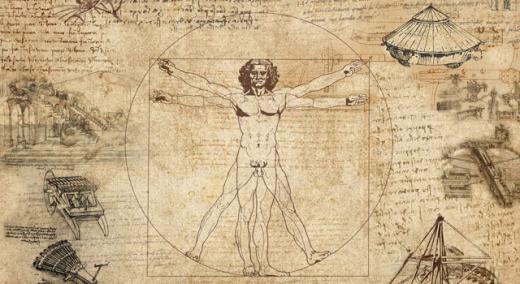Most people who work in a corporate environment are familiar with some type of personal style indicator—Meyers Briggs Type Indicator, Strengths Finder, DISC profile, and others. However, there’s a less well-known one that’s particularly relevant and useful in innovation, and it’s specific to your creative thinking style.
|
ADVERTISEMENT |
At the heart of creativity and innovation is problem solving. Because all humans problem solve, by definition all humans are creative. However, we each go about our problem solving in our own preferred style, and society has come to label only one style as being “creative” —the style called “innovator” on this assessment.
…

Add new comment